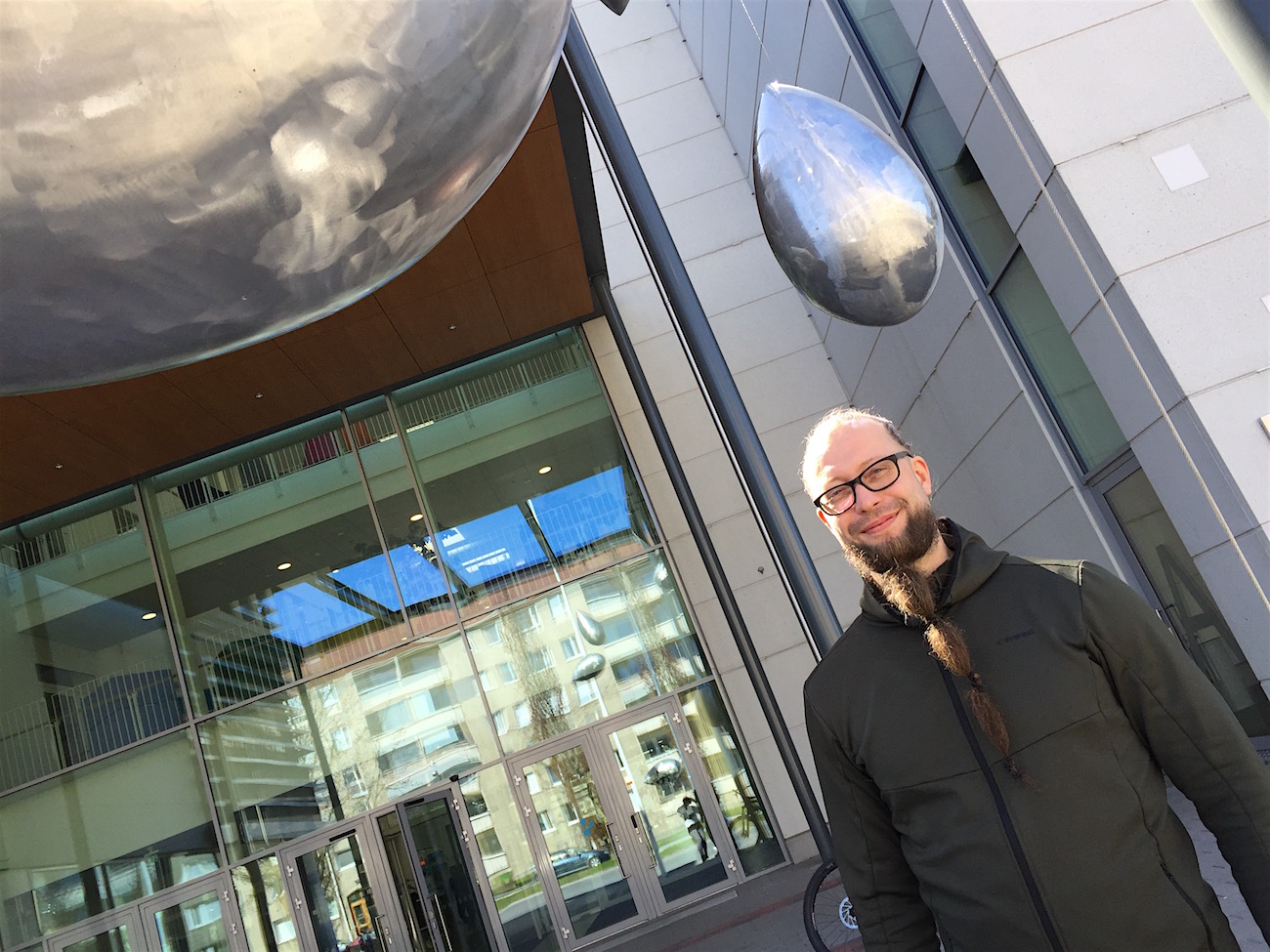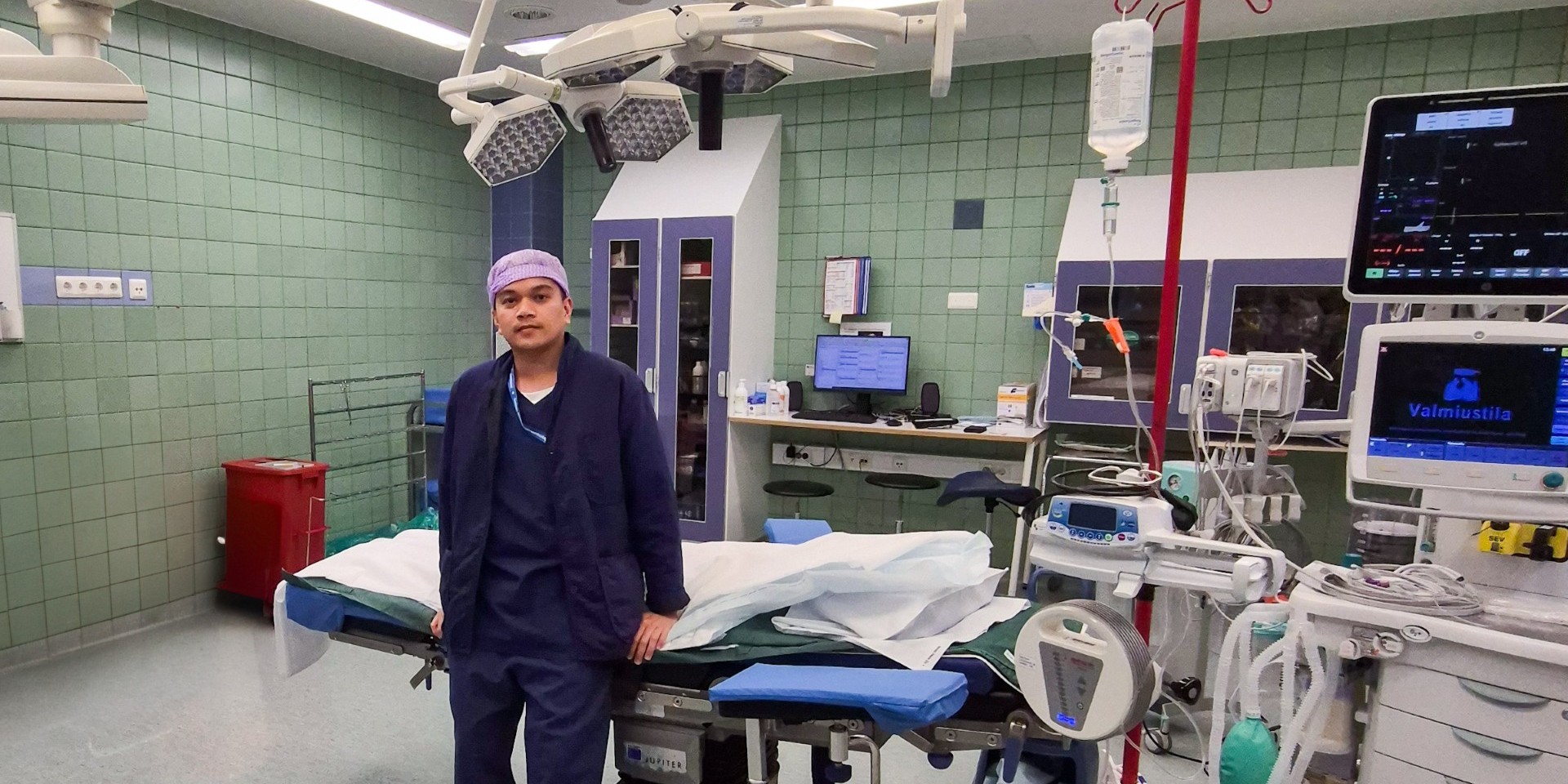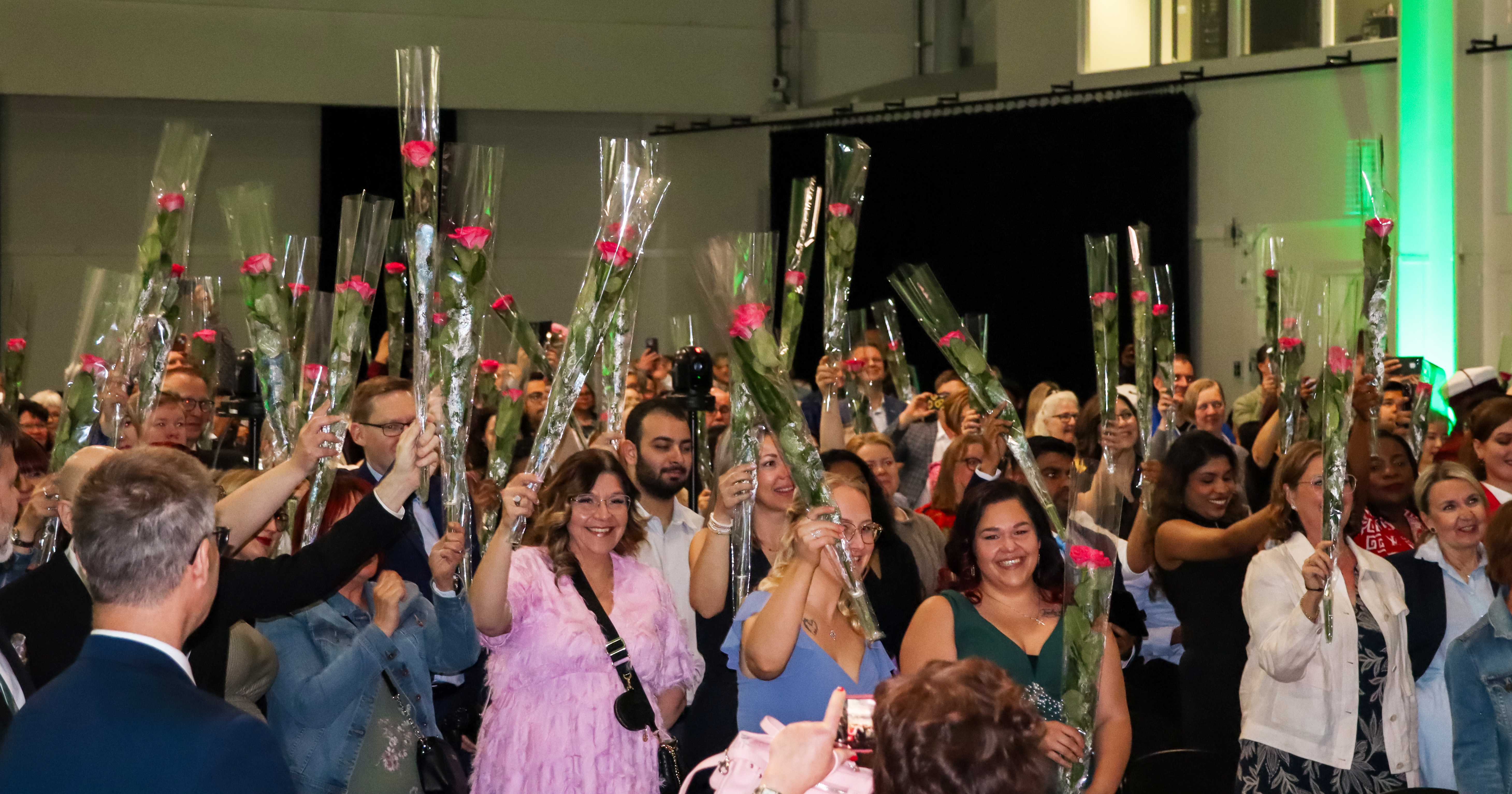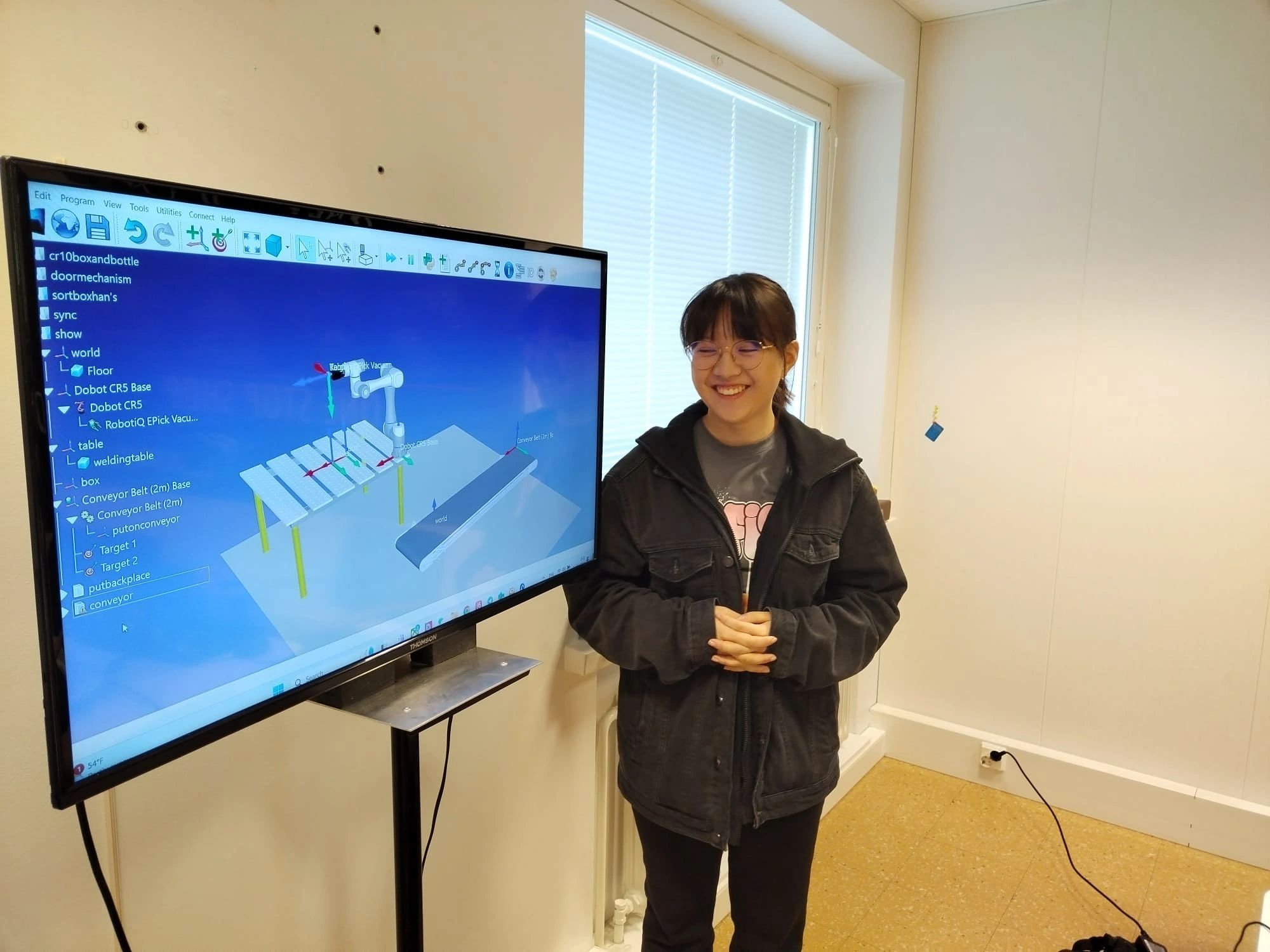Senior Fellow Harri Ketamo: Artificial intelligence becomes teacher´s assistant
Harri Ketamo, chosen as a Senior Fellow of SAMK, is a developer of learning artificial intelligence (AI) applications. Currently Ketamo and his company Headai are doing development work in matching the education with the labour market. Artificial intelligence is tested at SAMK as a teacher´s assistant.

After a long break, Harri Ketamo is returning to teacher´s role again.
Let´s start with Headai and the labour market. The automation field in Satakunta has been crying for help for long in order to get competent workforce. However, the matching of labour market and the workforce is an extensive and complex question.
– We have built a machine that can search for information about what kind of competence is needed in given fields. This is the basic starting point for knowing what kind of education needs to be given and what are the skills that are in demand at the moment in the labour market, Ketamo tells us.
The world is full of exploitable knowledge: job advertisements, financial news, various local and international forecast reports.
– The machine has been taught the basics of labour market language and with certain algorithms it learns more all the time. Artificial intelligence needs human control but it is extremely efficient. The advantage of a mechanical labour market researcher compared to a human is that the data it produces lacks the opinions and conclusions drawn by a human. When we have enough data from a longer time period, we can start monitoring upward and downward trends. Areas can also be compared: for example what´s going in Pori or Helsinki.
Ketamo considers data collection essential for drawing up curricula that meet the needs of different areas. Moreover, acute skills gaps are found out and these located gaps can be met by continuing professional education that is shorter than degree education.
– Unemployment problem is not solved by trying maximally to find employment for the unemployed. Instead, you need to take maximally care of the fact that companies have each and every competence position filled. This gives a lot of extra benefit because according to statistics one high added value job generates 1 – 5 other jobs.
Headai is entering the short term course market with their own Fast Degree AI product. Computer builds courses for demanding competence fields.
– The app that is based on AI searches for the information needed by the student from various sources, the student studies and the computer tests what has been learned. Courses can be sold for both private people and the Employment Office. We´ve been experimenting for four years, and an application to be piloted will be launched next summer, Ketamo promises.
AI will become commonplace
And what´s the next trend after intelligent automation?
– What´s AI today will be commonplace in software engineering within five years. Matters connected to AI belong to general education that is used just as any other mechanical component. Instead, teamwork skills, data assimilation skills and learning skills will be emphasized. In addition, there is not just one trend in working life but the whole will constantly change more multidimensional.
How can AI help teachers?
A machine is good at processing large amounts of data and converting them into text but humans are still needed for more demanding thinking processes.
– Together with SAMK personnel we are thinking of how AI that gives courses is developed into a teacher´s assistant, Harri Ketamo tells us.
The machine can take care of certain things like teaching and testing professional terminology. The machine is not yet able to test the ability to apply the terminology. This is where we have the division of labour between the teacher and the assistant.
– We are studying what are the things AI can do so that the teacher can concentrate on encountering the student. Thus, contact lessons can be used efficiently on those matters where human interaction, listening, answering questions and career planning are needed. The things the quality of teaching is made up of.
These things are already being tested in the fields of Welfare Technology and Business Administration. Harri Ketamo has been involved in developing e.g. a selection course for entrepreneurship education that is based on AI.
After a 10-year-break he is now returning to a teacher´s role again.
– While technological research is being done, it is important to get feedback from the field. We have already collected feedback from the online courses in entrepreneurship. The goal is to involve more and more teachers and to develop AI courses from the perspective of teacherhood.
More information on SAMK Senior Fellow programme:


